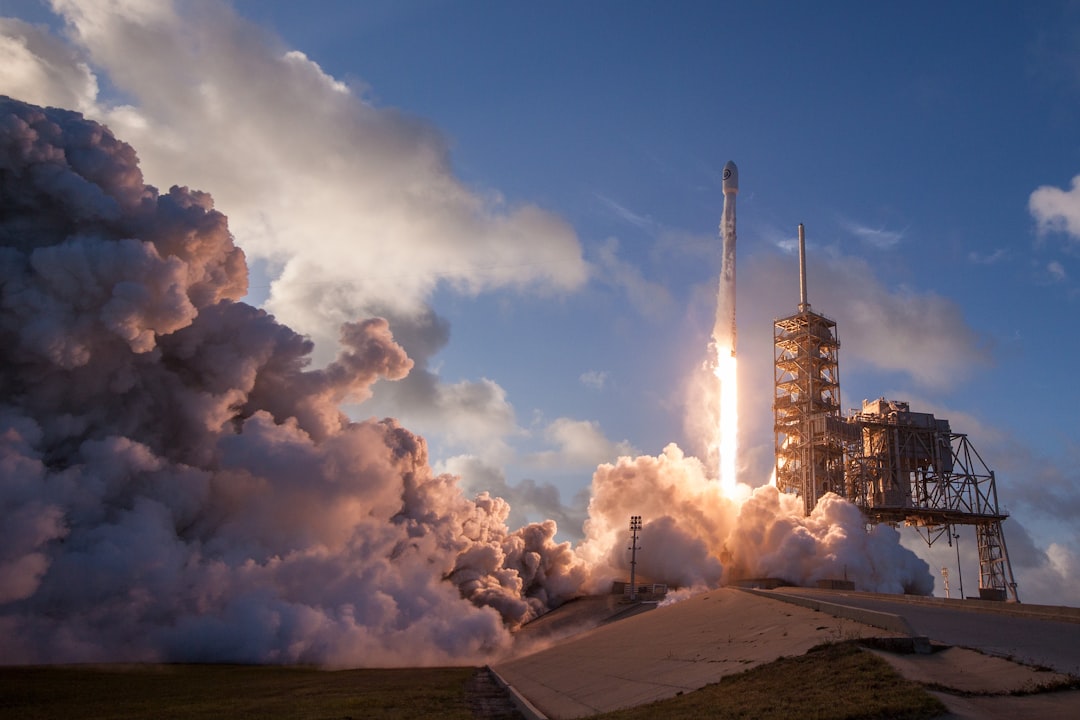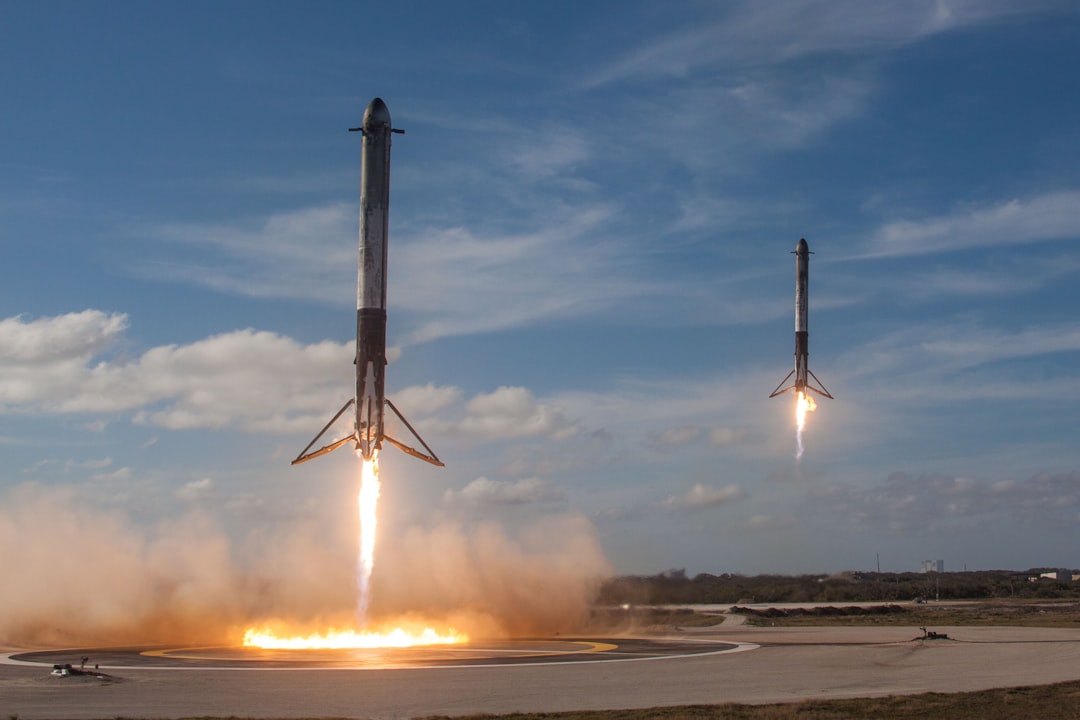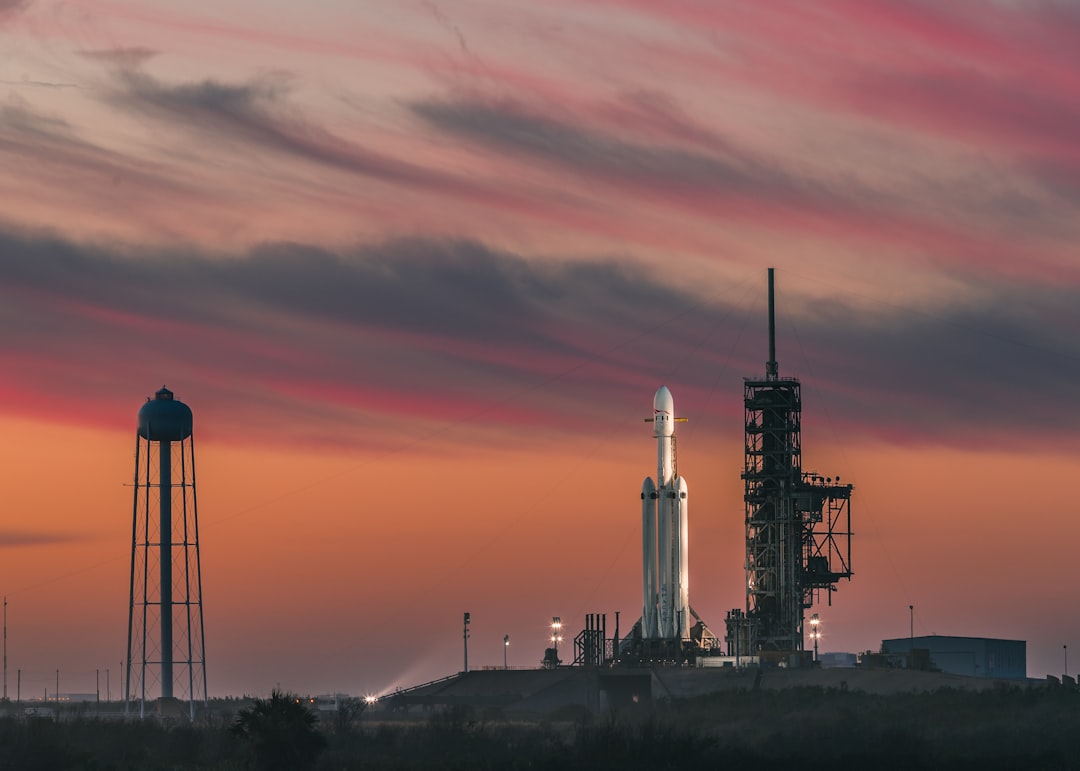SpaceX has been in the news a lot recently. Two weeks ago, they launched two people into space. A few days ago they sent another 60 satellites into space. So who are SpaceX? Where did they come from? What is their mission?
2001 – 2006
Let’s dive back to the early years. Elon Musk is passionate about colonizing space and the idea of putting humans on Mars and making humans a multiplanetary species was his first overriding objective. It wasn’t until 2001 that Musk had enough money to start a private space company. After selling Paypal to Ebay, he made around $200 million. That’s an awful lot of money but when it comes to sending rockets into space it becomes quite a small budget.
At the time, there wasn’t much public interest in the idea of going to Mars but when Musk began his project “Mars Oasis” which made the possibility real, the idea really ignited in the public imagination.
The Mars bound rocket which Musk needed cost $65 million which was way over budget and so he decided to build one himself. The idea of building rockets in-house is what led to the creation of SpaceX in 2002.
Falcon 1 (named after the Millennium Falcon in Star Wars) was the first rocket built by SpaceX. To begin with, there were only three employees working on the rocket launch but this changed when they gained sponsorship from the US Naval Research Laboratory, in return for the rocket being used to deploy a military satellite.
It wasn’t until 2008 that Falcon 1 was successfully launched making it, in the mean time, a bit of a failure. Fortunately, another partner appeared in the shape of the U.S. Air Force Academy. It is believed they only contributed around $7 million for launching the Falcon Sat 2 which their students could test different aspects in space. SpaceX was therefore slightly in the red, having around $100 million of debt. To top this off, around this time in 2006 the Falcon 1 launch failed with the rocket crashing into the ocean.
2006 – 2009

The company was saved, however, when NASA gave them $278 million to develop the Falcon 9 and Dragon Capsule. Before moving on to these bigger projects, they needed to successfully launch the Falcon 1 to know that their methods were scalable. They attempted to launch again in 2007 and, although the rocket failed to reach orbit, they saw this as a success because they had been able to gather huge amounts of data as it soared upwards through the skies for around 4 ½ minutes.
The news that SpaceX was getting close to orbit attracted further interest from NASA, the U.S. Department of Defense and Celestis (the latter is a company which sends ashes into space). After another failure to launch the Falcon 1, SpaceX was up against the ropes. If the rocket didn’t successfully launch on the next attempt, the company would have to close down. Elon Musk put on a very confident front at the time but he has since said it was the hardest year of his life. His car company, Tesla, was also not doing well.
As the only aspect of the Falcon 1’s launch which needed to be changed was the time delay on the separation, the next launch took place just weeks later on 28 September 2008. Fortunately, the mission was a success.
2009 – 2012
The next focus was on launching the Falcon 9. It was a much bigger rocket than the Falcon 1 and could carry a far greater load. They moved their operations to a U.S. military base but had to pass a lot of checks to make sure the Falcon 9’s launch did not meet the same end as the first Falcon 1 launch. In May 2010 they successfully launched the Falcon 9 on their first attempt. The only problem was, after entering orbit for some unknown reason the Dragon Capsule (which was deployed into orbit by the Falcon 9) went into a spin. This was later corrected.
The real success story behind this is SpaceX had shown how cost effectively they were able to do this project. NASA calculated how much it would cost them to do the same and SpaceX had been able to do it for 5 times cheaper. From the beginning, this has really been their reason for such success. Before SpaceX, the space industry seemed only to be accessible to major government corporations.
The Dragon Capsule demonstrated its functionality by making manoeuvres. Then in December another Falcon 9 was sent up to retrieve the Dragon Capsule. It went perfectly. Following this success, they made announcements over the next few years about plans they had. This included the Falcon Heavy which they hoped to launch in 2013 and the Grasshopper rocket. The Grasshopper was designed in order to be able to make a vertical landing back on Earth. Not only this, NASA also gave them permission to drop cargo at the International Space Station (provided they passed numerous checks). They succeeded in docking with the International Space Station making them the first private company to do so.
2012 – 2015
Dragon 2 was the next project on SpaceX’s horizon. Essentially it was taking the Dragon Capsule and modifying it to be able to take seven astronauts to the International Space Station. Red Dragon was another mission of theirs: to test out their capability of landing on Mars (not with humans onboard – yet!). SpaceX made some major changes to the rocket engines. Now, their rocket engines might seem modest but at the time they were a huge advancement. They also created their own type of fuel which they eventually shared with the public as being methane based.
Grasshopper (which we touched on above) was never designed to go for space. It was just supposed to literally hop at high altitudes – and accomplish a vertical landing. On March 7th, 2013 it managed a hover slam landing. Then a month later, it hit an altitude of 250 metres (in heavy wind) and achieved a vertical landing. It was tested yet again and again, managing every time not only to do vertical landing but also to hover sideways in the air.
Next, they created a sea barge for Dragonfly, the upgrade to Grasshopper, to land on. On its first attempt the rocket crashed into the barge but, for such a small landing target, it was seen as a success. Two further Dragonfly rockets failed. The latest was down to one tiny component made in the wrong material (which led to it exploding in mid-air). On November 23rd, 2015, Blue Origin successfully went to space and returned using a vertical landing.
2015 – 2020
SpaceX’s next major project was Starship. Finally, Elon Musk’s dreams were beginning to be realized. The destination of Starship was Mars! Starship looks very cool, being made from stainless steel (which is also a very practical metal to use). The landing on Mars is one of the most difficult aspects of this project.The plan is to land like a skydiver in order to slow their speed.
Refuelling is another issue when you are as far away as Mars. The foreseen solution is to launch two rockets. One of which will carry fuel for the other. Elon Musk presented not only the possibility of visiting Mars but Saturn as well. Musk’s timelines are very optimistic and just how soon we will see Starship on Mars we can’t say for sure. SpaceX has become incredibly efficient at rapid reusability of its rockets, however, so it is possible. We will have to see how this pans out!
2020 – Present

The first crewed Dragon flight to the International Space Station took place on May 30th, 2020. This made international headlines as it was the first private company ever to launch astronauts to the ISS. An update has also been announced to the Falcon 9 and the Falcon Heavy: the Super Heavy Starship which can lift 100,000 kg to low Earth orbit. Onboard would be the Starship mentioned above which has since been redesigned to be a means of transportation between Earth, Mars and the Moon. The main purpose being to create bases on both Mars and the Moon.
There have been plans made to take Maezawa Yusaku, a Japenese businessman, as well as some artists in 2023. Elon Musk even plans on launching people to inhabit Mars around 2025. Most recently, yesterday SpaceX launched 60 more of its Starlink satellites into space. This project is aiming to provide the world with reliable and affordable internet. It comes at the cost of spoiling the view of the night sky for astronomers. In a study by arXiv, researchers concluded:
“Depending on their altitude and surface reflectivity, their contribution to the sky brightness is not negligible for professional ground-based observations… With the huge amount of about 50,000 new artificial satellites for telecommunications planned to be launched in medium and low Earth orbit, the mean density of artificial objects will be of >1 satellite for square sky degree; this will inevitably harm professional astronomical images.”
See our Save Our Stars campaign for more information about this.



